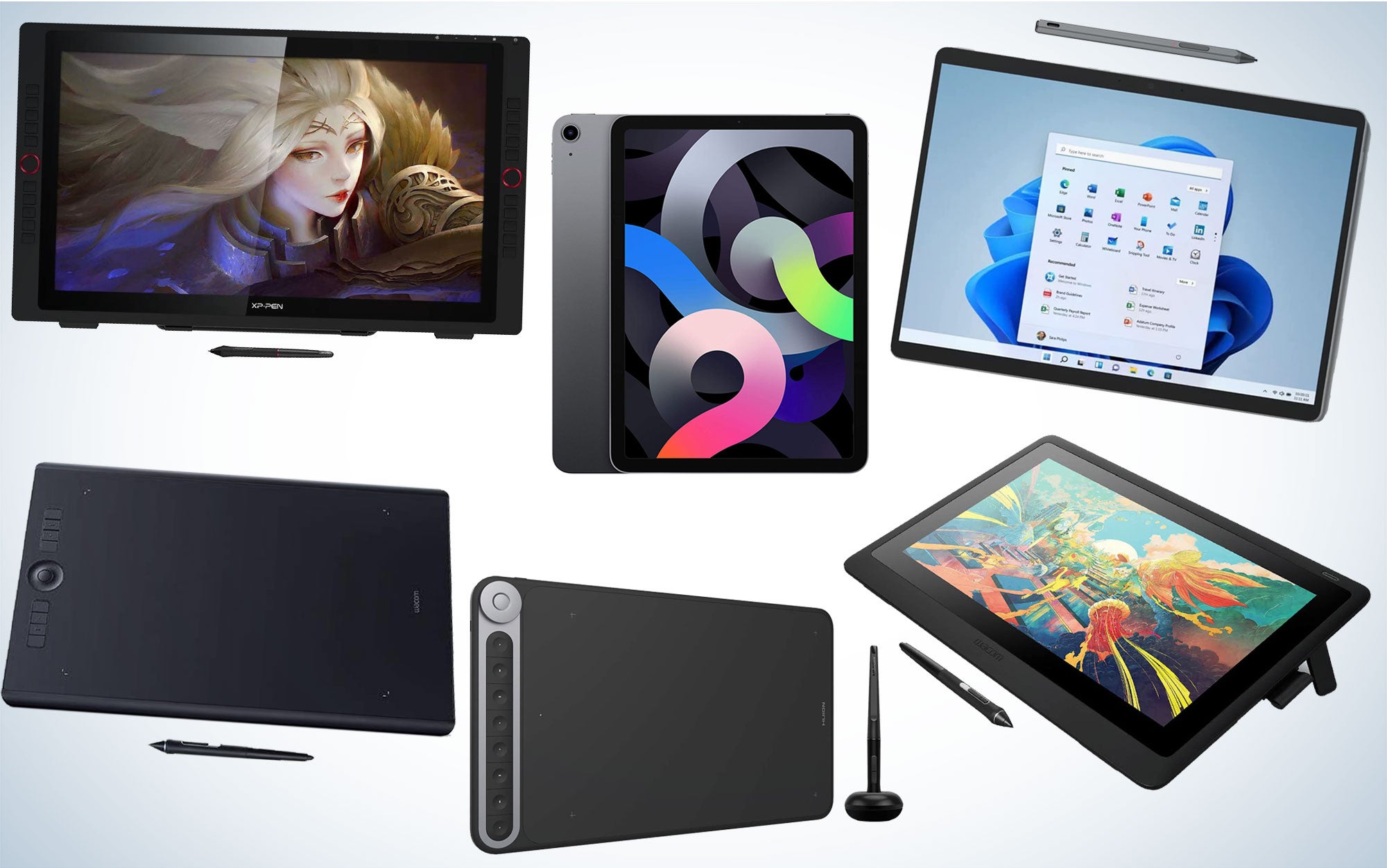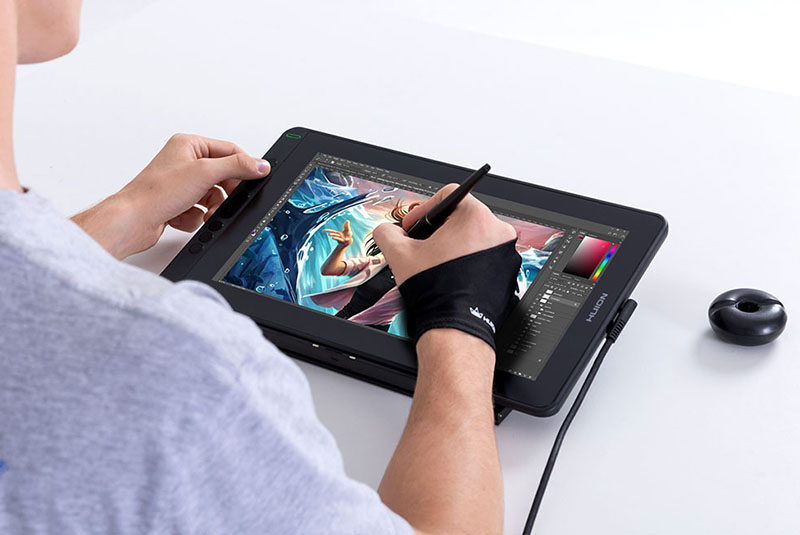

Low-end tablets usually have pressure sensitivity ratings around levels of 1024. Often, a simple drawing pad is all that is necessary, and they come at more affordable prices. They’re great for replacing mouse functions and for collecting signatures. However, if you’re simply looking for a digital pad to collect basic written information or designs, a tablet without a screen may be perfectly sufficient. They allow for higher quality design production and are key tools for professionals.įor those with screens, you must choose one with high resolution and high contrast. If you want a tablet for graphic design, high-level animation, or 3D modeling, it’s almost guaranteed you’ll need a tablet with a screen. Not only does it greatly affect the price of the tablet, but also, its performance capabilities.

Graphics tablets combine technology with the ease of pencil drawing, providing a pencil-shaped tool that is paired with a touch-sensitive pad that responds to pressure.

The movements are much more predictable and more easily controlled with a pencil. Drawing and painting with pencil-shaped tools (whether it be a pen, paintbrush, etc.), is much more natural and efficient than attempting to draw on a computer with a mouse. With graphics tablets, you can draw just as you would if you were using a traditional pencil and paper pad. Price: Their price is significantly higher, especially high-end devices.Īdvantages and Disadvantages of Graphics Tablets.
#Best drawing tablets for beginners 2019 professional
Main applications: They are mainly used for graphic design and illustration at a professional level.Features: The design is reproduced directly on the tablet’s screen as well as on the computer monitor, except for those that work completely independently.Price: Their price is usually considerably cheaper, even in the higher-end models.They can easily replace the mouse taking over all its usual functions. Main applications: Used for simpler graphic design tasks and photo retouching.Features: They replicate and transfer drawing patterns as if they were sheets of paper, information is transferred to the synced computer monitor, where you can see and manipulate the design further.However, since the emergence of models with built-in screens, the number of complex features have sky-rocketed, transforming them into multipurpose tools able to carry out a larger number of different functions. Those without screens are much more affordable and their applications range from basic photo retouching to more efficient computer drawing. Those with screens offer a wider variety of features and are the common choice amongst professionals in graphic design, illustration, and 3D modeling. Today, we can separate graphics tablets into two main categories those that come with built-in screens, and those that don’t. What types of graphics tablets are there?


 0 kommentar(er)
0 kommentar(er)
